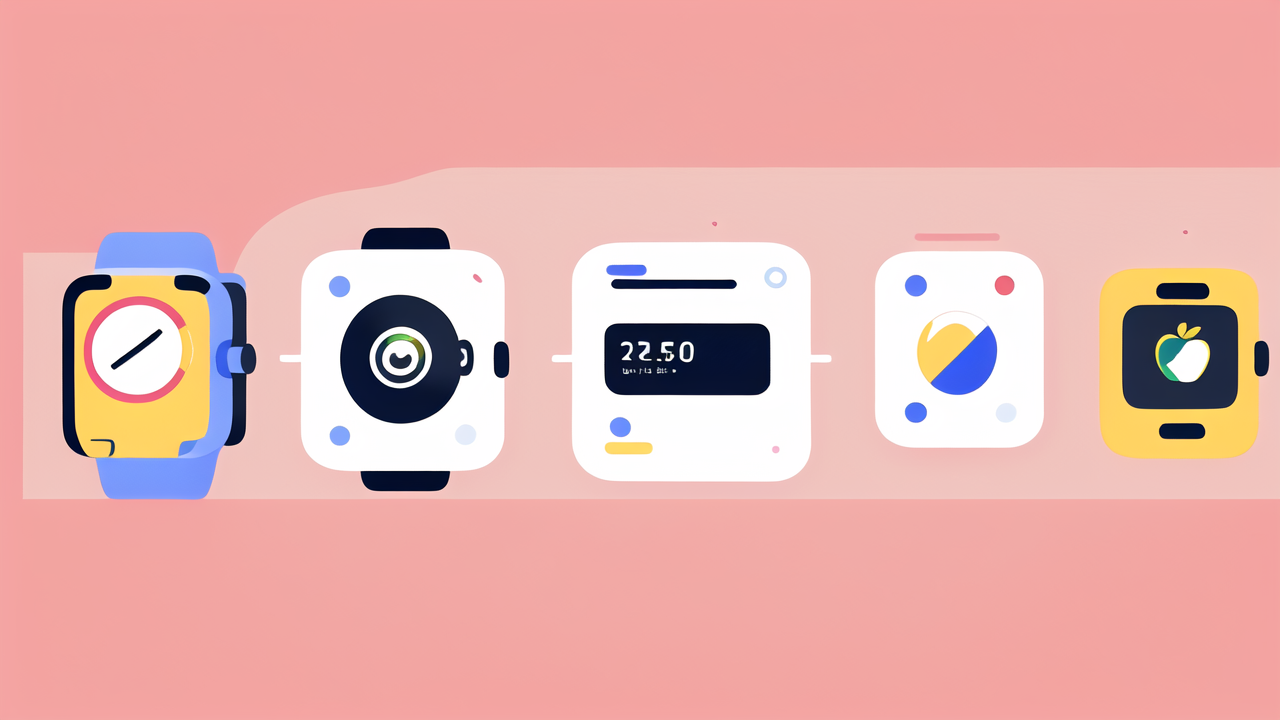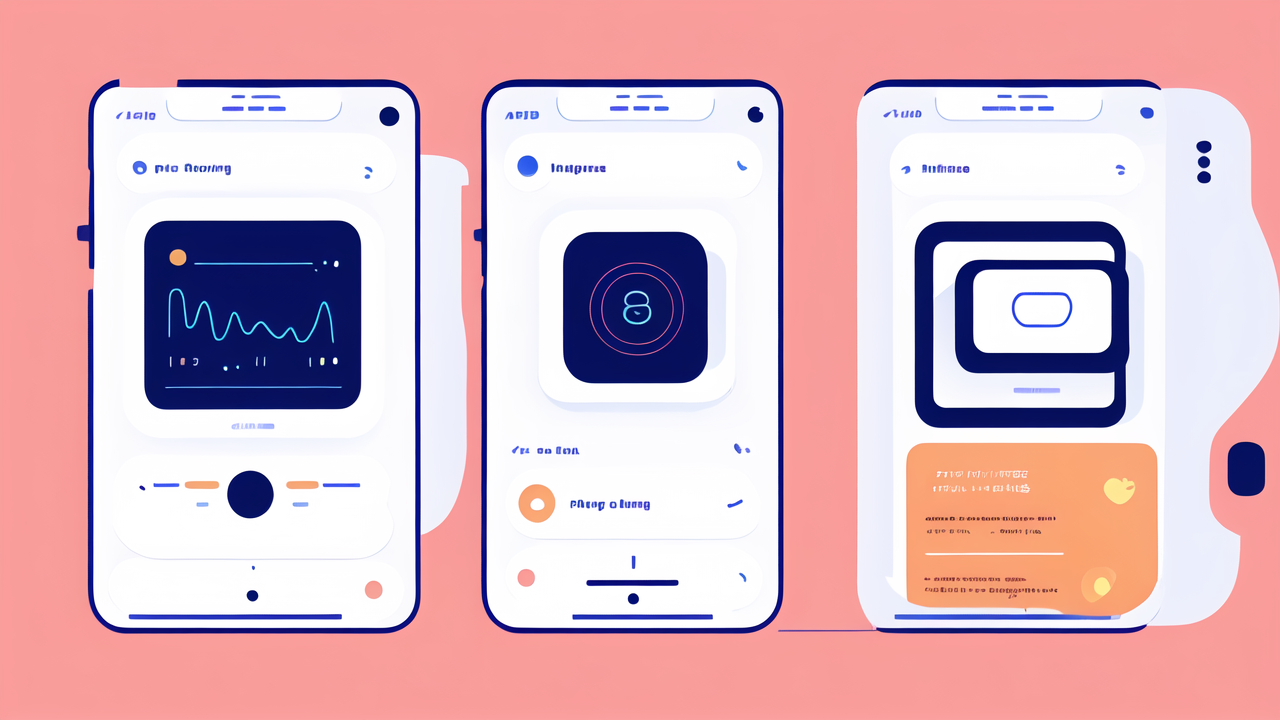The Evolution of Smart Watches in the United States
The Early Days of Smart Watches and Wearable Technology
Smart watches have come a long way since their early days. The first smart watches were simple devices. They could only tell time and do basic tasks. These early models were bulky and had short battery life. They didn't catch on with most people.

As technology improved, so did smart watches. Companies like Pebble and Sony released better models. These watches could show notifications from phones. They also had more features like fitness tracking. Still, they were far from the sleek devices we know today.
The real turning point came with the rise of big tech companies. Apple, Samsung, and Google entered the market. They brought their expertise in design and software. This led to major improvements in smart watch tech.
Major Innovations and Market Milestones
The launch of the Apple Watch in 2015 was a game-changer. It set a new standard for smart watches. The device combined style with advanced features. It could track health data, show notifications, and run apps. This sparked a new wave of innovation in the industry.
Other companies quickly followed suit. Samsung released its Gear line of watches. Fitbit expanded from fitness trackers to full-featured smart watches. Google developed Wear OS, a platform for smart watches.
These innovations led to rapid market growth. Smart watches became more than just gadgets. They became fashion accessories and health tools. Sales soared as more people saw the value in these devices.
The Role of Consumer Demand in Shaping Smart Watch Features
Consumer demand has played a big role in shaping smart watch features. As users became more tech-savvy, they wanted more from their devices. This led to the development of new features and improvements.
Health and fitness tracking became a key focus. Users wanted devices that could monitor their activity, heart rate, and sleep. This led to the integration of more sensors and health features.
Convenience was another major factor. People wanted watches that could do more without needing a phone. This led to features like built-in GPS, cellular connectivity, and contactless payments.
Style also became important. Users wanted watches that looked good and fit their personal style. This led to a wider range of designs and customization options.
Key Features of Top Smart Watches on the Market
Advanced Health and Wellness Metrics
Today's smart watches are powerful health tools. They can track a wide range of health metrics. This goes far beyond simple step counting.

Many watches now monitor heart rate 24/7. They can detect irregular rhythms and alert users to potential issues. Some can even take ECG readings.
Sleep tracking has also become more advanced. Watches can analyze sleep stages and quality. They provide tips for better sleep habits.
New sensors allow for more detailed fitness tracking. Watches can measure blood oxygen levels, stress levels, and even body composition. Some can track specific workouts, from running to swimming.
These features make smart watches valuable tools for managing health. They can help users spot trends and make better lifestyle choices.
Integrated Payments and Smart Assistants
Smart watches are becoming more useful for everyday tasks. Many now support contactless payments. Users can pay for goods with a tap of their wrist. This is both convenient and secure.
Voice assistants are another key feature. Siri, Google Assistant, and Bixby are common on smart watches. They allow users to set reminders, send messages, and control smart home devices. All with just their voice.
Some watches can now make and receive calls directly. This is useful when your phone isn't nearby. It's also great for outdoor activities or workouts.
App support has also improved. Many popular smartphone apps now have watch versions. This lets users do more without reaching for their phone.
Battery Life and Charging Efficiency
Battery life has been a focus of recent improvements. Early smart watches often needed daily charging. Now, many can last several days on a single charge.
Some watches use power-saving modes to extend battery life. These turn off certain features when not in use. This can stretch battery life to a week or more.
Charging has also become more convenient. Wireless charging is now common. Some watches even support reverse charging from smartphones.
Fast charging is another useful feature. Some watches can get a full day's charge in just 30 minutes. This is great for users who forget to charge overnight.
Future Trends in Smart Watch Technology
The Impact of AI and Machine Learning
AI and machine learning are set to revolutionize smart watches. These technologies will make watches smarter and more personalized.

AI could improve health tracking. It could spot patterns and offer tailored health advice. For example, it might suggest rest days based on your activity and stress levels.
Machine learning could make fitness coaching more effective. Watches could learn your habits and goals. They could then create custom workout plans and track your progress.
AI assistants will become more capable. They'll better understand context and natural language. This will make them more useful for tasks like scheduling and information lookup.
The Integration of Augmented Reality (AR) and Virtual Reality (VR)
AR and VR are exciting frontiers for smart watch tech. While still in early stages, they offer intriguing possibilities.
AR could enhance navigation features. Watches might project directions onto your view of the real world. This could be useful for running routes or finding your way in a new city.
VR applications might include immersive fitness experiences. Imagine a watch that can transport you to a virtual gym or running track.
These technologies could also improve how we interact with our watches. Holographic displays could project larger screens when needed.
The Growing Importance of Privacy and Data Security
As smart watches collect more data, privacy becomes crucial. Future devices will need strong security measures.
Encryption will be key to protecting sensitive health data. Watches will need secure ways to store and transmit information.
User control over data sharing will be important. People will want to choose what data their watch collects and who can access it.
Biometric security features may become more common. Watches might use heart rate patterns or skin contact for authentication.
As smart watches evolve, balancing features with privacy will be a key challenge. The most successful devices will be those that users can trust with their data.




Leave a comment
This site is protected by hCaptcha and the hCaptcha Privacy Policy and Terms of Service apply.